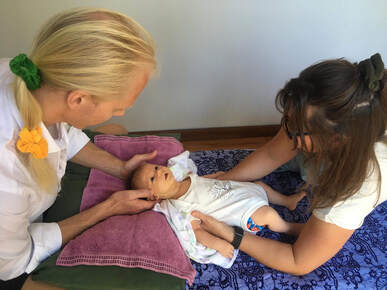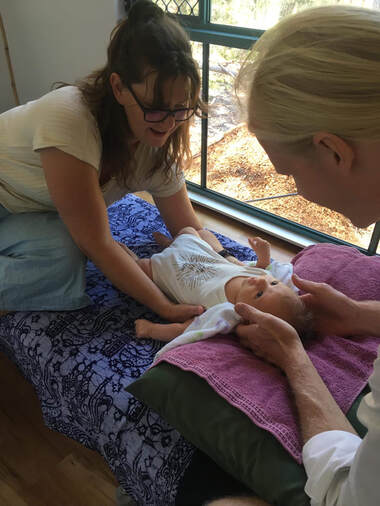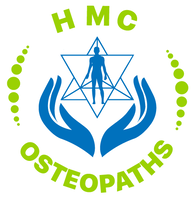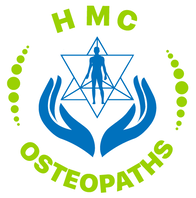 By Kirby Edwards Why would a baby need to see an osteopath? Osteopathy for babies is a gentle non-invasive hands-on approach to treatment. Babies (and Mums) may retain tension in their tissues (muscles, fascia, vessels, bones) from the birth and other experiences. This may be quite uncomfortable. Osteopathy looks at structure, function and movement of the tissues. By looking at those complex relationships through the body, including the bones of the head, pelvis, limbs and torso, Osteopaths can aim to optimise the body’s own self-healing and self-regulating mechanisms. Before we begin hands-on therapy, we will talk to the parents about the pregnancy, birth, medical history of the baby and family, feeding and digestion, sleep patterns and movements of the baby to gain as much information as we can as well as answer any questions you have. Osteopaths will assess how the body is generally moving, respiration, cranial bones of the skull and possibly check inside the baby’s mouth to check out the tongue. What can an osteopath do for babies? Osteopaths with a special interest in newborns and paediatrics can support and assist newborns or infants in a variety of issues:
 How do you treat a baby? As babies are still very flexible and mostly cartilaginous bones, we do not perform any type of sharp manipulation or firm treatment. Our approach to babies is much gentler, often using cranial osteopathy or working with the fluid dynamics or fascia of the body to release any tissues that are under tension and restore optimal balance to the baby. We may place our hands on their rib cage, pelvis or skull. We can also work with tensions around the mouth and jaw to optimise feeding and digestion for the baby. We work closely with lactation consultants and other professionals should there be any other issues, such as a tongue tie release being required. The long-term implications of tongue ties can influence the jaw and palate development and position altering how the baby’s airways are forming, thus leading to altered or suboptimal posture breathing mechanics. It can also lead to too much air in the baby’s tummy and discomfort (as a result, excessive screaming).  What is cranial osteopathy? This is a gentle hands-on treatment that helps the body to find better balance and optimise movement. Osteopaths are trained to develop their palpation skills. With Osteopathy in the Cranial Field (OCF) we are trained to feel subtle motion in the whole body. This is called the Primary Respiratory Mechanism (PRM). Although the name is ‘cranial,’ this mechanism can be felt and worked on from anywhere in the body. One of the principles of Osteopathy is that it is all connected. Osteopaths see connections between different parts of the body and by working with this principle aim to optimise the body’s function. OCF is a subtle refined approach that can affect all systems of the body aiming to restore balance and health. Cranial Osteopathy can be of benefit for everyone, but due to its gentle effective approach is ideal for babies and children. What can I expect post treatment? As with any treatment for anyone, there is an adjustment period to the new balanced normal. Each baby (and person) can react differently, but often they are very sleepy, hungry or maybe a little agitated. It can take between 1-3 days to settle down, although some may settle down straight away. Feel free to give us a call if you have any questions. We may also send you off with a referral to a GP, midwife, or lactation consultant, if the issue is out of our scope.
0 Comments
Leave a Reply. |
HMC TEAMIf you find something of interest that might suit this space, or would like information on a specific topic, let us know at hmcosteo@gmail.com
Archives
December 2023
Categories |

 RSS Feed
RSS Feed
